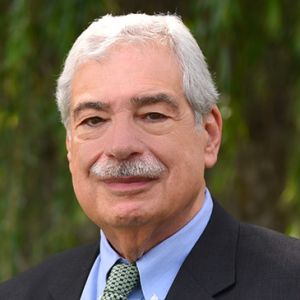SYRACUSE, N.Y. — The Milton J. Rubenstein Museum of Science & Technology (MOST) in Syracuse’s Armory Square will soon host an exhibit of the first images from NASA’s James Webb space telescope.
The exhibit will be available July 23 from 9:30 a.m. to 5:00 p.m. It’ll include 3D printed models, frames and panels of images, space activities, and NASA giveaways, the MOST said. The in-person event will be free with museum admission and open to the public.
The science museum is among hundreds of sites nationwide acknowledging the release of the first images from the telescope.
(Sponsored)

The End of Non-Compete Agreements in New York?
Among the tidal wave of changes impacting employers, ranging from updated anti-harassment laws, restrictions on absenteeism policies and new pay transparency rules, New York is now poised to restrict the

Finding the Right Business Banking Partner: 4 Considerations to Support your Search
In today’s increasingly dynamic and competitive business environment, finding the right banking partner to meet the needs of your business is critical to your success. Banks are not one-size-fits-all and
“We are thrilled that the MOST is an official host site for NASA’s James Webb Space Telescope community events celebrating Webb’s first stunning images,” Emily Stewart, senior director of education & curation, said. “As a STEM leader in the community, we hope to inspire and guide students through new topics in space and astronomy that may not otherwise have the opportunity to explore outside the MOST.”
STEM is short for science, technology, engineering, and mathematics. The MOST is located at 500 S. Franklin St. in Syracuse.
About the telescope
Webb is the “largest and most complex” space science telescope ever built, described as the “premier observatory of the next decade,” per the MOST’s announcement. The international mission, led by NASA in partnership with the European Space Agency and the Canadian Space Agency, launched on Dec. 25, 2021. After unfolding in space into its final form, Webb successfully arrived at its destination nearly 1 million miles from Earth and began preparing for science operations.
The observatory, which is designed to see the universe in the infrared, will “push the field of astronomy into a new era,” the MOST said.
Webb will be able to study light from distant parts of the universe for the very first time — the first galaxies that formed over 13.5 billion years ago — and give us insight into how our universe formed.
It will also peer into dusty stellar nurseries to explore distant worlds orbiting other stars, as well as observe objects in the solar system.
Webb will “extend the scientific discoveries” of other NASA missions like the Hubble Space Telescope, Chandra X-ray Observatory, and Transiting Exoplanet Survey Satellite, the MOST said.




